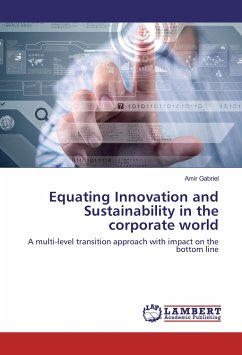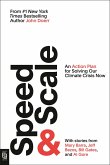Changing organizational behavior for the purpose of reducing GHG emissions remains a difficult problem in both the market and policy arenas. Corporations are responding differently to climate change issues through the development of a number of political postures. In particular, energy firms have been auctioning aggressively on carbon-free alternatives. Reducing energy demand and consumption along with related GHG emissions decrease in the production processes of the five key materials: steel, cement, plastic, paper, and aluminum; can have a considerable impact on the environment. Firms can act as primary agents of change for sustainable development through innovation, but relying solely on innovation will not guarantee a firm's success. Sustainability is becoming an increasingly central feature of business operations. Because firms are more likely to apply financial resources to programs that directly affect their profitability, this book offers an analysis of the combined impact of innovation and sustainability on a firm's financial performance as an aid to support the decision calculus for allocation of scarce resources.








